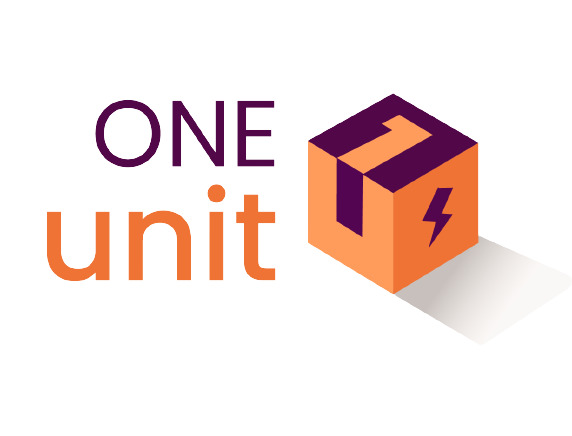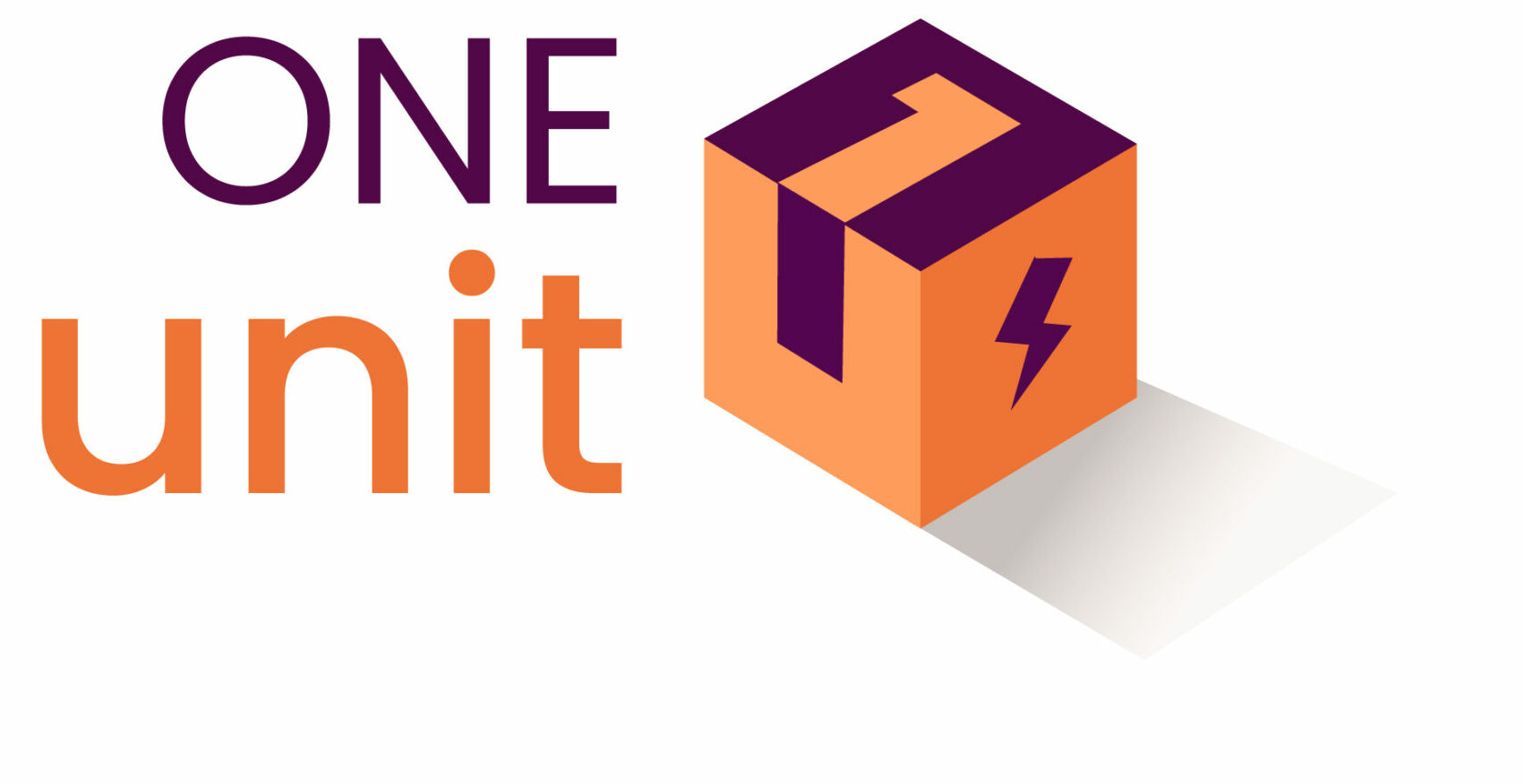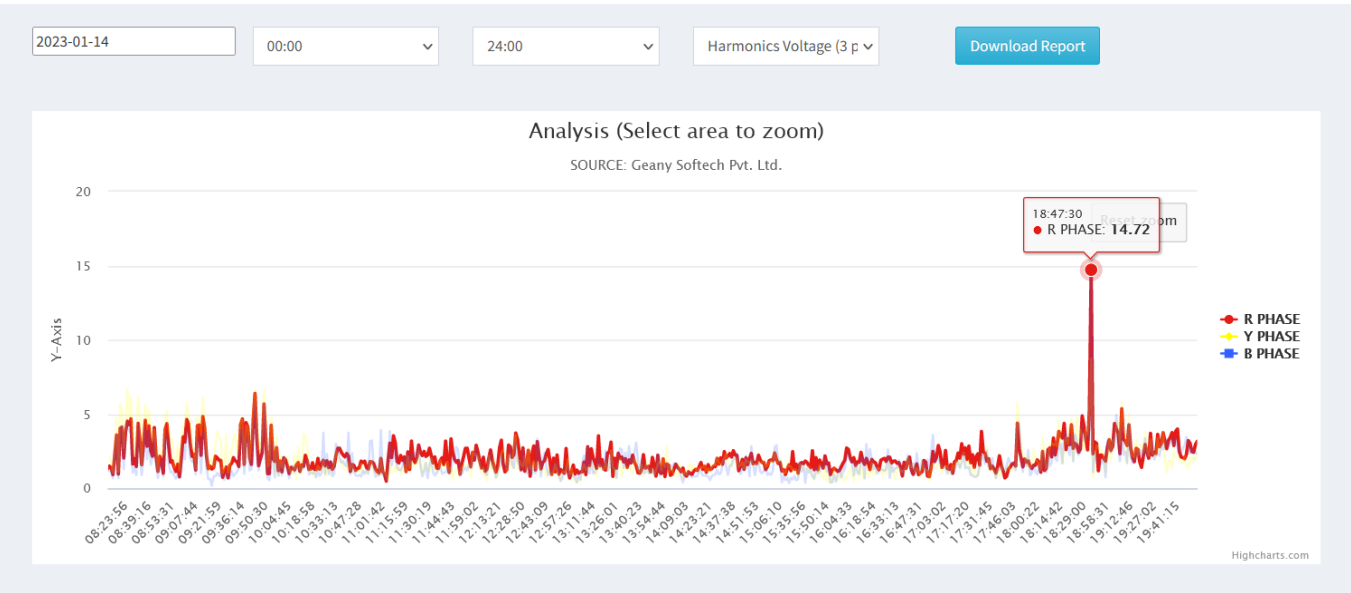What is Harmonic in Electrical?
Harmonics are electrical signals that occur at frequencies that are multiples of the fundamental frequency of a power supply.
Harmonic distortion occurs when non-linear loads draw non-sinusoidal current from the power supply. This results in a voltage waveform that is distorted and contains harmonics. Harmonics can cause problems such as voltage distortion, which can cause flickering lights, equipment malfunctions, and other issues. Voltage distortion can also lead to power losses, as energy is lost due to the distortion of the waveform.
Power System Harmonics, which is induced by the non-linearity of customer loads, is becoming a significant source of concern. This issue has gotten a lot of attention from utilities, equipment makers, and users.
Power System Harmonics cause several problems by distorting the waveform shape of voltage and current and increasing the current level. If you are facing the problem of random failure of motors and drives, nuisance tripping of circuit breaker and transformer overheating, then it could be because of harmonics current.
What is Harmonic Voltage.
Harmonic voltage refers to the presence of harmonics in the voltage waveform of an electrical system. Harmonics are frequencies that are multiples of the fundamental frequency of the system, which is typically 50 Hz or 60 Hz depending on the region.
Why Harmonic are generated
Harmonic voltage can be caused by a variety of sources, including nonlinear loads, such as computers, variable frequency drives, and other electronic devices. These loads draw current from the electrical system in a non-sinusoidal manner, which can result in distorted voltage waveforms. The presence of harmonic voltage can have a number of negative effects on electrical systems, including increased losses in power transformers and other equipment, reduced power factor, and interference with communication systems.
One of the primary concerns with harmonic voltage is the potential for equipment damage. Nonlinear loads can generate high levels of harmonic voltage, which can cause overheating and premature failure of equipment, such as transformers, capacitors, and motors. This can result in increased maintenance costs and downtime for repairs.
Another concern is the impact of harmonic voltage on power quality. The presence of harmonics can reduce the power factor of an electrical system, which can lead to higher energy costs and reduced system efficiency. Harmonic voltage can also interfere with communication systems, such as radio and television broadcasting, as well as medical equipment, such as MRI machines.
To mitigate the effects of harmonic voltage, a number of solutions are available. One common approach is to use passive harmonic filters, which are designed to reduce the level of harmonic voltage in an electrical system. These filters are typically placed in parallel with nonlinear loads and are designed to absorb or redirect harmonic currents.
Negative impact of Harmonic Voltage.
- Equipment Damage: Harmonic voltage can cause overheating and premature failure of electrical equipment, such as transformers, capacitors, and motors. This can result in increased maintenance costs and downtime for repairs.
- Power Quality: The presence of harmonics can reduce the power factor of an electrical system, which can lead to higher energy costs and reduced system efficiency. Harmonic voltage can also cause voltage distortion and flicker, which can damage sensitive equipment and cause disruptions in operations.
- Interference with Communication Systems: Harmonic voltage can interfere with communication systems such as radio and television broadcasting, as well as medical equipment such as MRI machines.
- Safety Hazards: Harmonic voltage can cause electric shocks, especially if the harmonics are at high frequencies, which can bypass the skin resistance and cause deep tissue heating.
- Non-Compliance: Harmonic voltage can cause non-compliance with regulatory standards such as IEEE 519, which specifies limits on the level of harmonic distortion in electrical systems.
Harmonic reduction techniques.
Harmonics are frequencies that are multiples of the fundamental frequency of an electrical system, which can cause distortion in voltage and current waveforms. Harmonics can be caused by non-linear loads such as electronic devices, power electronics, and other electrical equipment. Harmonics can have negative effects on electrical systems such as reduced power quality, increased energy consumption, and equipment damage. To mitigate these effects, various harmonic reduction techniques can be used.
- Passive Harmonic Filters: Passive harmonic filters are designed to reduce the level of harmonic current in an electrical system. These filters consist of passive components such as resistors, capacitors, and inductors. Passive filters work by providing a low-impedance path for harmonic currents, which helps to reduce their impact on the system. Passive filters are generally used for low and medium voltage systems.
- Active Harmonic Filters: Active harmonic filters use electronic circuits to cancel out the harmonic current generated by non-linear loads. Active filters work by measuring the harmonic current in real-time and generating a current waveform that is equal in magnitude but opposite in phase to the harmonic current. This cancels out the harmonic current and reduces the level of harmonic distortion in the system. Active filters are generally used for high voltage systems.
- Multi-Pulse Converters: Multi-pulse converters are used to reduce the level of harmonic distortion in AC-DC converters. Multi-pulse converters use multiple transformers and rectifiers to reduce the amount of harmonic current generated by the converter.
- Phase Shifting Transformers: Phase shifting transformers are used to reduce the level of harmonic distortion in power systems. Phase shifting transformers work by introducing a phase shift between the voltage and current waveforms. This reduces the level of harmonic current in the system.
- Switching Frequency Control: Switching frequency control is used to reduce the level of harmonic distortion in power electronic converters. This technique involves controlling the switching frequency of the converter to reduce the level of harmonic current generated.
- Selective Harmonic Elimination: Selective harmonic elimination is used to eliminate specific harmonics from the system. This technique involves designing a pulse width modulation (PWM) scheme that eliminates specific harmonics from the output waveform.
In conclusion, harmonics can have negative effects on electrical systems, and it is important to use harmonic reduction techniques to mitigate these effects. Passive and active harmonic filters, multi-pulse converters, phase shifting transformers, switching frequency control, and selective harmonic elimination are some of the techniques that can be used to reduce harmonic distortion in electrical systems. The choice of the harmonic reduction technique will depend on the specific requirements of the system and the level of harmonic distortion that needs to be reduced.






